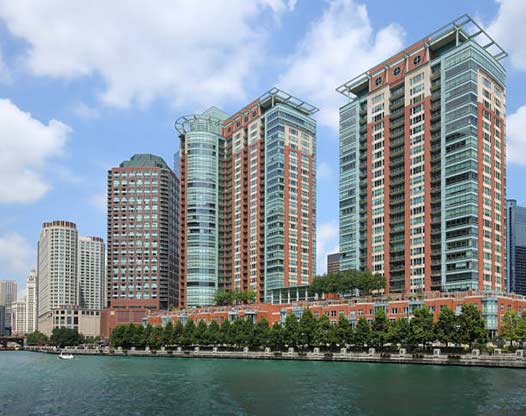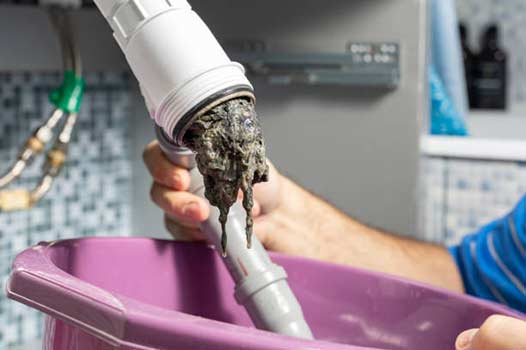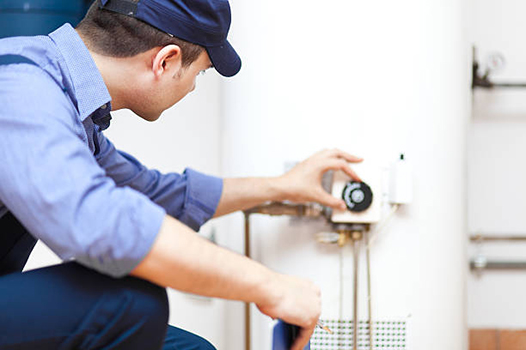
Living in an apartment in Chicago can be an incredible experience, with its beautiful architecture, vibrant neighborhoods, and bustling city life. However, like any other living space, apartments often come with their fair share of plumbing problems. From leaky faucets to clogged drains, these issues can be a headache for tenants.
Below we will discuss some of the most common apartment plumbing problems in Chicago and provide helpful tips on how to deal with them. Whether you are a tenant or a landlord, this information will empower you to handle these plumbing issues effectively and minimize disruption to your everyday life.
1. Leaky Faucets
One of the most common plumbing problems in apartments is a leaky faucet. Not only can the constant dripping be annoying, but it can also waste a significant amount of water over time. Leaky faucets are often caused by worn-out washers or faulty seals.
To deal with a leaky faucet, you can try the following steps:
- Turn off the water supply to the faucet by closing the shut-off valve underneath the sink.
- Cover the drain with a cloth or plug to prevent any small parts from falling down.
- Use a wrench to unscrew the faucet handle. Inspect the washers and seals for any signs of damage or wear.
- If the washers or seals are damaged, replace them with new ones. You can find these replacement parts at most hardware stores.
- Reassemble the faucet by following the reverse order of the disassembly process.
- Turn on the water supply and check for any leaks. If the problem persists, it may be necessary to call a plumber near you in Chicago.

The most common cause of clogged drains is a buildup of hair, soap scum, food particles, or grease.
2. Clogged Drains
Clogged drains are another common plumbing issue in apartments. They can occur in the kitchen sink, bathroom sink, shower, or bathtub. The most common cause of clogged drains is a buildup of hair, soap scum, food particles, or grease.
Here is a step-by-step guide to dealing with a clogged drain:
- Start by using a plunger to try to dislodge the clog. Fill the sink or tub with enough water to cover the plunger, then position the plunger over the drain and vigorously plunge up and down for about a minute.
- If plunging does not work, try using a drain snake or a drain cleaning solution. Insert the drain snake into the drain and rotate it to break up or remove the clog. Alternatively, pour a drain cleaning solution down the drain and let it sit for the recommended amount of time before flushing with hot water.
- If the clog persists, it is advisable to contact a professional drain cleaning service to avoid causing further damage to the pipes.
3. Running Toilets
Running toilets are not only a nuisance but can also lead to a significant increase in water bills. A toilet that runs continuously usually indicates a problem with the flapper valve or the fill valve.
Follow these steps to address a running toilet:
- Remove the lid of the toilet tank and check the flapper valve. Ensure that it is properly sealing the flush valve and not allowing water to continuously flow into the bowl.
- If the flapper valve is worn or damaged, it will need to be replaced. Turn off the water supply to the toilet by closing the shut-off valve located behind or beneath the tank. Flush the toilet to drain the water and remove the old flapper valve. Install a new one according to the manufacturer’s instructions.
- If the flapper valve appears to be in good condition, the issue may be with the fill valve. Adjust the fill valve or consider replacing it if necessary.
- Turn the water supply back on and allow the tank to fill. Check for any leaks or signs of continuous running. If the problem persists, consult a professional plumber.
4. Low Water Pressure
Nothing can be more frustrating than taking a shower with low water pressure. Low water pressure can be caused by a variety of factors, ranging from mineral deposits in the pipes to issues with the main water supply.
To address low water pressure, you can try the following:
- Check the water pressure in other faucets and showers in your apartment. If the low water pressure is isolated to one fixture, the problem may be with the aerator or the faucet itself. Clean or replace the aerator to remove any sediment or debris that may be obstructing the flow of water.
- If the low water pressure is widespread throughout the apartment, it may indicate a problem with the main water supply. Contact your building’s maintenance department or a professional plumber to investigate and resolve the issue.

If the water heater continues to malfunction or if you notice any leaks, it is crucial to contact a professional plumber as soon as possible.
5. Water Heater Issues
Water heaters provide hot water for various household activities, including bathing, washing dishes, and doing laundry. When a water heater fails or malfunctions, it can disrupt daily routines.
If you are experiencing water heater problems, consider the following steps:
- Check the pilot light. If the pilot light is out, follow the manufacturer’s instructions to relight it. If it does not stay lit or keeps going out, there may be an issue with the thermocouple or gas supply, and it is recommended to seek professional help.
- Inspect the temperature setting on the water heater. Ensure that it is set at an appropriate level (typically around 120 degrees Fahrenheit) to prevent scalding and maximize energy efficiency.
- Flush the water heater tank to remove any sediment or mineral buildup. Follow the manufacturer’s instructions for safe and proper flushing.
- If the water heater continues to malfunction or if you notice any leaks, it is crucial to contact a professional plumber as soon as possible to replace the water heater, as these issues can lead to further damage or even pose safety risks.
6. Frozen Pipes
Chicago’s harsh winters can sometimes lead to frozen pipes, which can cause a burst pipe emergency and result in significant water damage. It is important to take preventive measures to protect your apartment from frozen pipes.
Follow these guidelines to prevent frozen pipes:
- Keep the thermostat set to a consistent temperature, even when you are away. This helps maintain a warm environment and prevents pipes from freezing.
- Open cabinet doors in kitchens and bathrooms to allow warm air to circulate around the pipes.
- Seal any gaps or cracks near pipes that are exposed to outside walls or drafts. This helps prevent cold air from reaching the pipes.
- Insulate exposed pipes using foam or pipe sleeves. This adds an extra layer of protection against freezing temperatures.
- If the weather is exceptionally cold, let the faucets drip to keep water moving through the pipes and prevent them from freezing.
Living in an apartment in Chicago certainly has its perks, but it also comes with its fair share of plumbing problems. By familiarizing yourself with common issues like leaky faucets, clogged drains, running toilets, low water pressure, water heater malfunctions, and frozen pipes, you can tackle these plumbing problems head-on.
Remember, if you ever feel overwhelmed or unsure about any plumbing issue, it is best to contact a professional plumber. They have the expertise and knowledge to handle complex problems and ensure the long-term functionality of your apartment’s plumbing system.
By taking prompt action and following our tips, you can maintain a well-functioning plumbing system in your Chicago apartment and enjoy the comforts of a hassle-free living space.